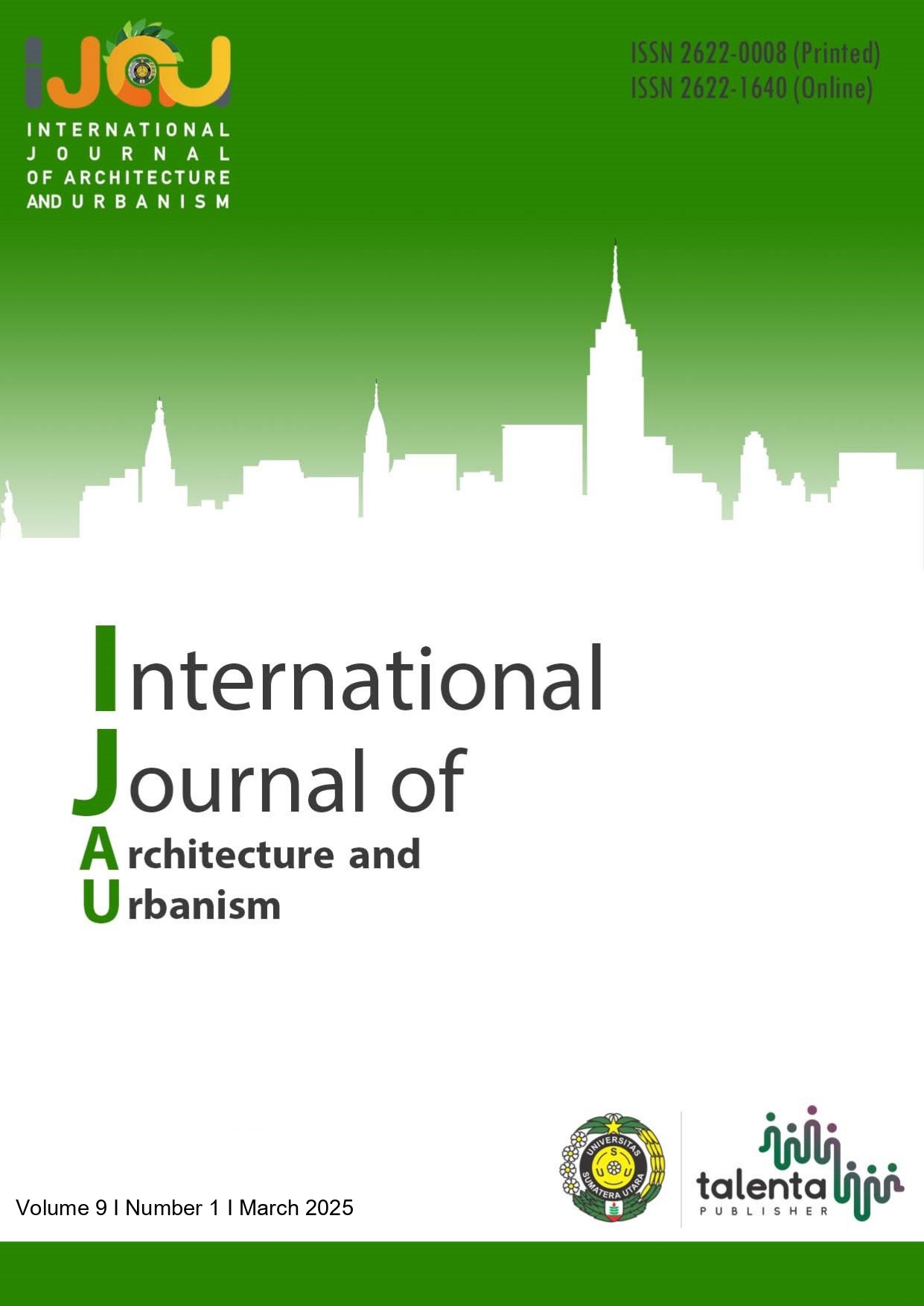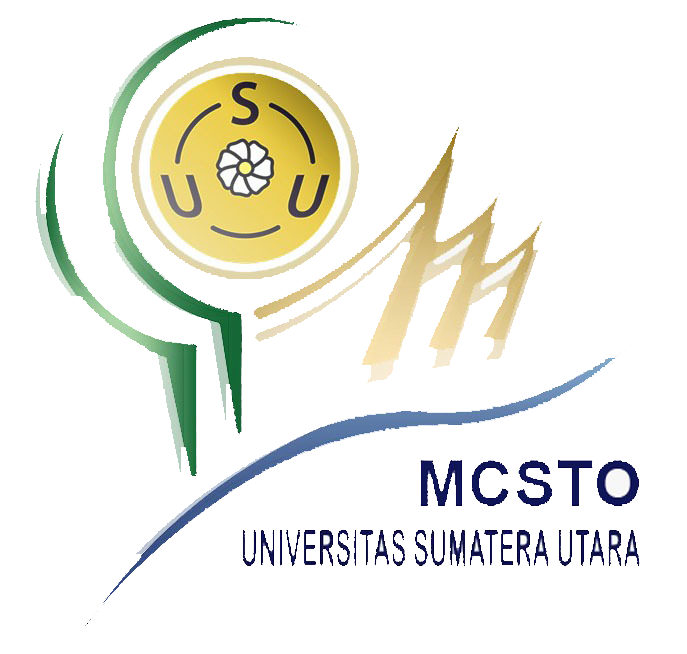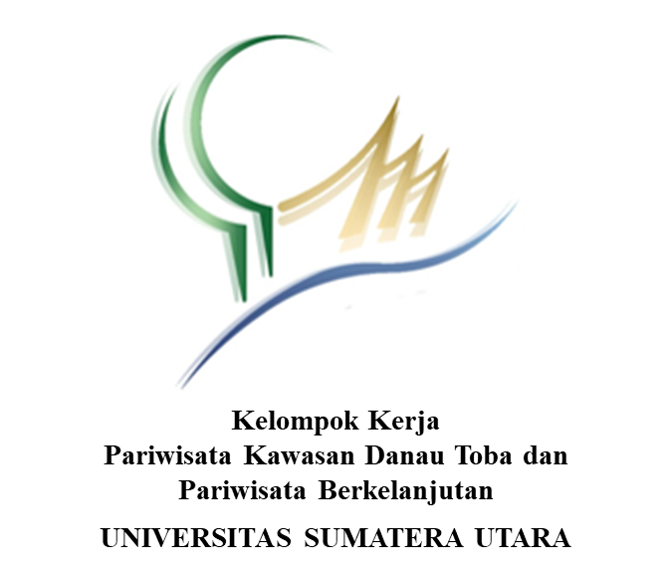The Spatial Structure of Urban Villages in Medan Maimun District: A Study of Social Function and Spatial Planning
DOI:
https://doi.org/10.32734/ijau.v9i1.18874Abstract
Urban villages, particularly in the Medan Maimun District represent a unique blend of social and spatial planning characteristics that reflect from its historical processes. This study investigates the spatial structure of these city villages, emphasizing their social functions, which include community, economic activities, and cultural practices in public. Utilizing a qualitative methodology, data were collected through observations from some sources to understand how the function of social and spatial planning regarding urban villages as a place to live. The findings reveal that the spatial layout of urban villages significantly affects social interactions among residents. Key factors influencing this relationship include proximity to essential services, density of settlement influence the land use. The study highlights how the common public integrating social function into spatial planning to enhance community well-being and resilience against urban challenges. By providing insights into the dynamics of urban villages in Medan Maimun, this research trying to explain and discussions on the role of local communities in shaping their environments. The implications of this study suggest that effective spatial planning must prioritize social functions to foster vibrant urban communities.
Keywords: urban villages, Medan Maimun, social, spatial planning
Downloads
Downloads
Published
How to Cite
Issue
Section
License
Copyright (c) 2025 International Journal of Architecture and Urbanism

This work is licensed under a Creative Commons Attribution-ShareAlike 4.0 International License.











.png)





